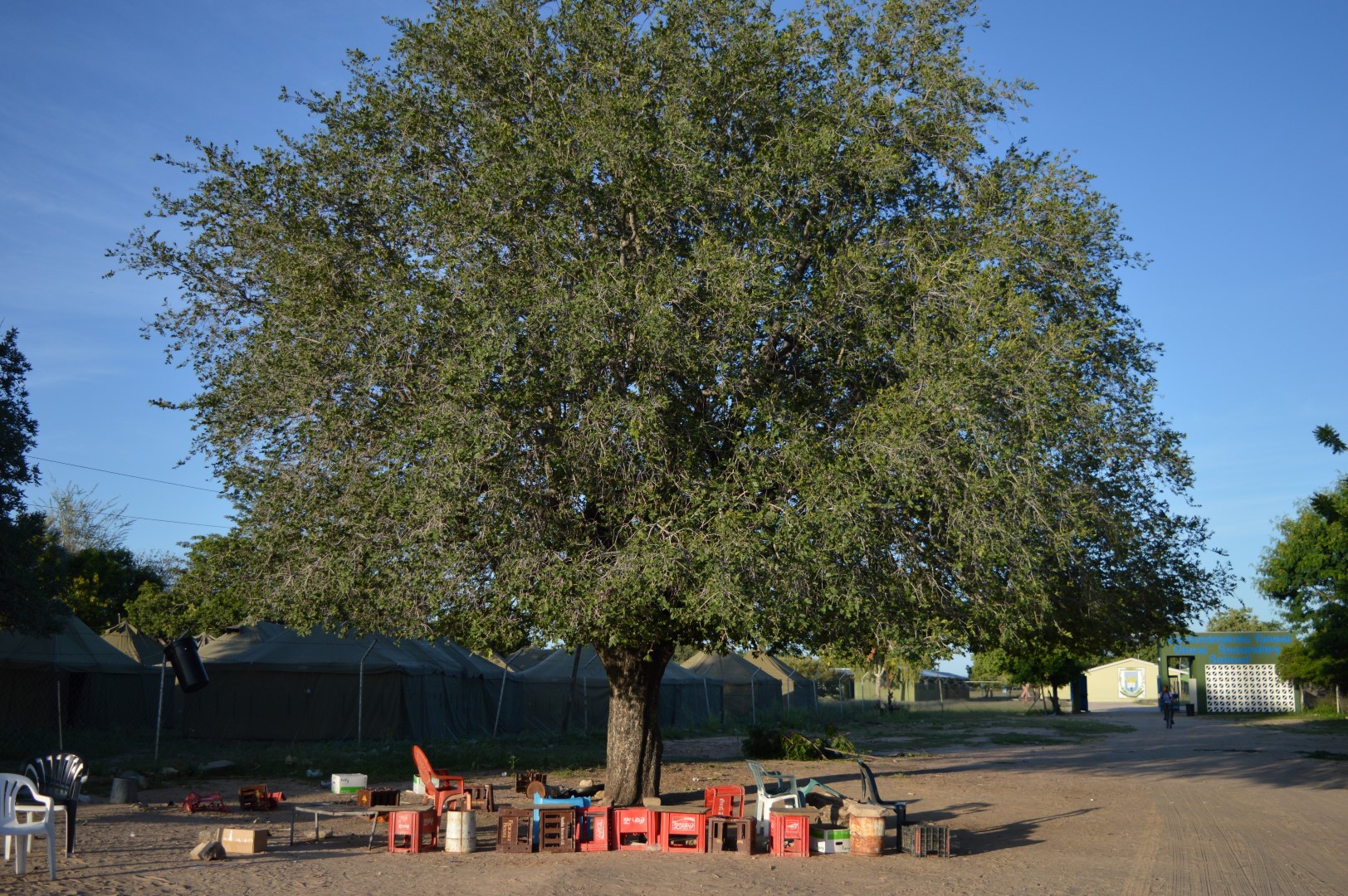Governance of Climate Risk in northern Namibia Part 2 (of 2): The complexity of working across scales to manage disaster risk

by Gina Ziervogel and Tali Hoffman

Facilitating a two-day Vulnerability and Risk Assessment workshop in Outapi, in Namibia’s Omusati region, was an excellent way to become familiar with the hazards and issues affecting the north-central part of the country. Building on this, we set out to interview stakeholders about the governance of climate and development challenges of the area. We focused our interviews on the Omusati region, and spoke to stakeholders working in the water and disaster risk management arenas.
In our previous blog we discussed how droughts and floods emerged as major concerns. In this blog we detail a theme that emerged time and again in our interviews: how the interplay between local, regional and national governance adds a layer of complexity to managing risks and hazards.
Strengths of the current governance system
At the national level, there is a wealth of experience and a concentration of resources in Namibia. The new President, Hage Geingob, who was sworn in in 2015, is planning a strong focus on poverty reduction, inclusiveness and reducing inequality and promising resources to address these issues at the national level.At a regional level, and unlike some rural areas in Africa where regional governance capacity is limited, Omusati has strong human capital and experience in many sectors. For example:
-
The regional council has strong links to the local level - through its 12 councillors (one from each constituency and tribal authority) - which fosters participation and bottom-up input to the regional decision-making process. Most of the regional stakeholders we interviewed said that their decisions were strongly informed by trying to address local-level needs.
-
The NGO presence in the region (e.g., the Red Cross) both directly supports the local level while connecting to a national and international network of donor aid.
-
Many stakeholders have been in the public sector for some time, and so have built up both technical and institutional knowledge and expertise.
Challenges of the current governance system

Despite these strengths, resources are sometimes lacking to undertake activities and put in place desired changes at the local level. In particular, the distribution of funding complicates the way resources are secured and allocated.
Securing resources: The regional Directorates rely on the national level for funding, and this takes away some of their decision-making agency and independence. The regional office puts in resource requests to their relevant line ministry who in turn request resources from the National Planning Commission or Treasury. Unfortunately, sometimes the line ministries at the national level have different priorities to the regional departments and so some of the regional requests are not prioritised. Conversely, as the national level is not directly connected to the local level it relies on feedback from the regional level to get a sense of where things are at on the ground.
Allocating resources: The regional council has more autonomy in deciding how to allocate resources, but this also includes a complex decision-making process that involves the regional development committee and the governor’s input. For example, a challenge of using microfinance as an effective way of managing livelihood impacts is that, although administered at the regional level, the money comes from the national level and often has specified conditions for how it can be distributed. One of the regional stakeholders we interviewed felt that he has a better understanding of what is needed on the ground than do national stakeholders, as he is closely linked with the local level through the administration and political constituency system. However, the degree to which these local needs are heard and addressed depends on the personalities and power of the intermediary stakeholders.
Conclusion

The regional level is a key intermediary in helping to meet local-level needs and securing access to national-level resources. In the Omusati region, there are good links between the regional level and the local level, which helps to get local priorities on the regional government agenda. In part this depends on the personalities and abilities of the local leaders. In the constituency where ASSAR is working, there is a strong Councillor, who works closely with regional stakeholders. These regional stakeholders then need to work closely with national stakeholders; in some instances this works well and in others it does not.
The shift in focus made by President Hage towards poverty reduction, inclusiveness and reducing inequality could potentially support ASSAR’s goals of bringing in the views and needs of those most vulnerable. In order to do this, it is clear that the relationships between - and institutions within - the national, regional and constituency levels need to be understood and strengthened. An analysis of governance is thus central to our work on understanding how to scale up climate adaptation in a way that addresses the needs of the most vulnerable at the local level.